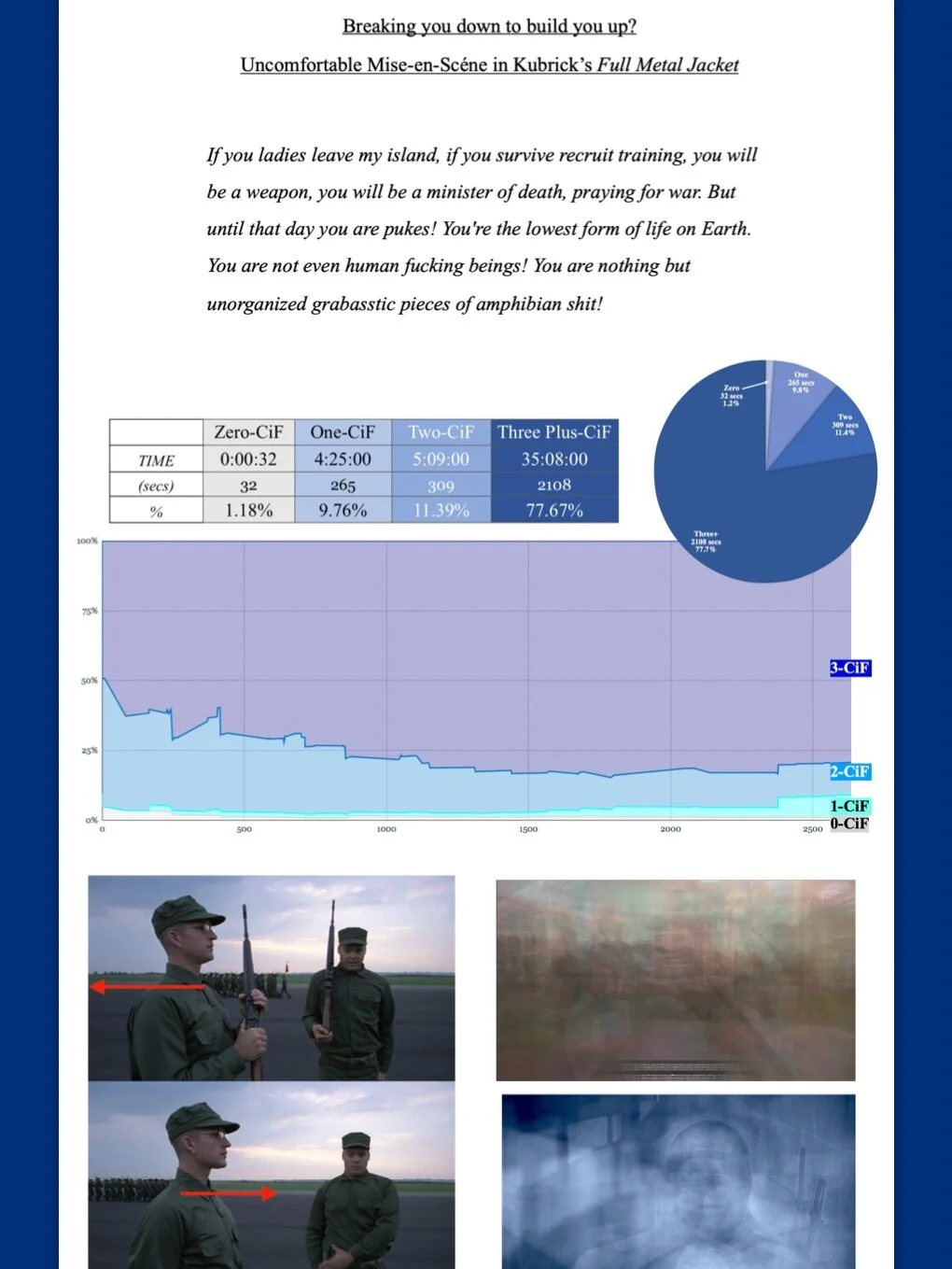MA, Film & Media Studies, University of Amsterdam
Having spent a year post-graduation making a variety of visual media, I knew I wanted to do a Master’s in Film & Media Studies. I decided against a practical media production course, in favour of a more academic path: not only because I wished to improve my writing/research skills, but also because I’d spent a year ‘making’, and felt that I was due some ‘listening’ and ‘learning’ time.
The University of Amsterdam was (and still is) ranked #1 in the World for Master’s in Media Studies - but it was also very pedagogically flexible. Although I arrived looking to study Film (and did indeed explore Mulvey’s Male Gaze, struggled through French film philosophy and watched plenty of arthouse movies), I ended up exploring a wide array of media. I took a ‘Media Business’ module, in which I produced business plans and SWOT analyses about creative industry companies, was given a taste of startup incubation and was lectured on social media impressions. In other courses, I studied everything from Avant Garde experimental moving images, to panoramas to modern animation. And, most importantly, my Master’s Thesis focussed not on film, but on music videos.
Master’s Thesis
My MA thesis set out a new methodological approach for how to study music videos - one which includes detailed close readings, theory-based hermeneutics, quantitative and statistical interrogation and visualisations. It involved analysis of of 160 music videos and in it I pioneered both this ‘pluralistic approach’, but also a number of new visualisations. I studied how music videos employ editing (I am, as far as I know, the first person to statistically deduce an ‘average shot length’ for music videos), colour, and ‘cinematic devices’ like aspect ratio and credits.
The whole thesis can be found here.
A full explanation of the visualisations can be found here
And their use on my recent short film can be found here
Uncomfortable Mise-en-scene in Full Metal Jacket
I explored film psychology in a module about film affect and emotion. I chose Full Metal Jacket (1987) as the focus for this course’s assignment. My hypothesis was that Kubrick utilised certain techniques to generate discomfort in his viewer, and so I explored how the film’s mise-en-scène creates an environment of claustrophobia, Scopophilia and ‘clutter anxiety’. I analysed these elements both through close reading and through quantitative analysis, and this dual approach provided the first impetus for the pluralistic approach that I elaborated on in my thesis.
Empowered Helplessness in Beasts of the Southern Wild
I took an Environmental Film course, for which I wrote an essay about the powerful film Beasts of the Southern Wild. In this assignment, I explored the notion of ‘Empowered Helplessness’, and connected various filmmaking and cinematographic elements to environmental readings. After finishing my thesis, inspired by the Covid-19 pandemic and George Floyd protests against police brutality and systematic racism, I returned to the assignment and produced a video essay (see below).

